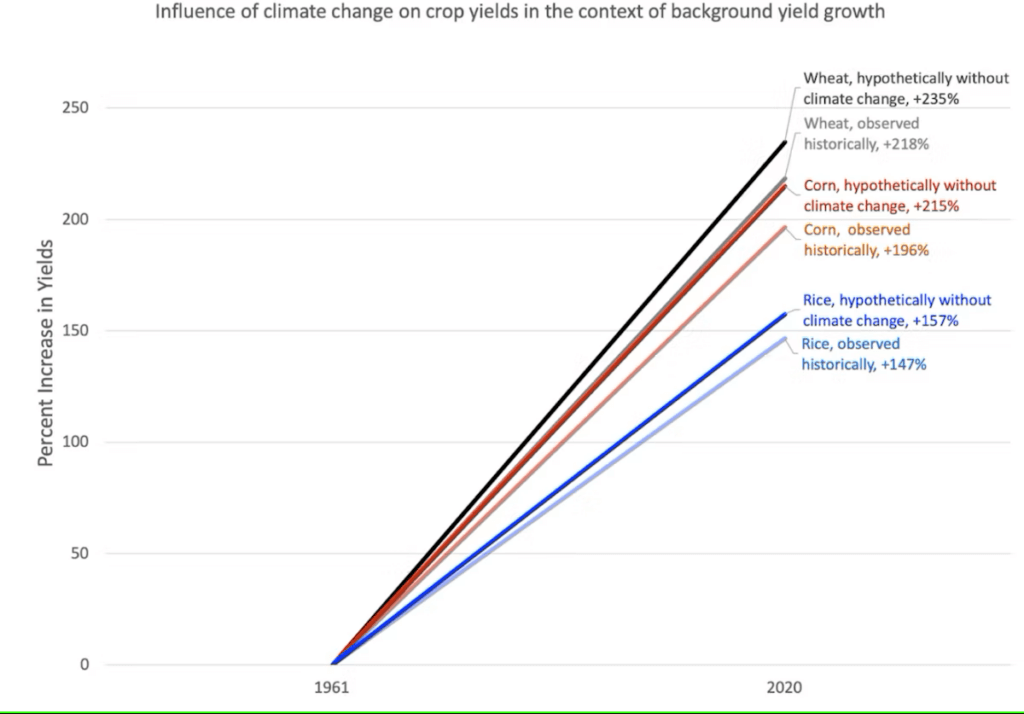Report on Enhanced Malnutrition Screening to Advance Sustainable Development Goals 2 and 3
Introduction: Aligning with Global Health Objectives
In alignment with the United Nations Sustainable Development Goals (SDGs), particularly SDG 2 (Zero Hunger) and SDG 3 (Good Health and Well-being), this report details the findings of a prospective cohort study aimed at optimizing malnutrition detection. Addressing all forms of malnutrition (Target 2.2) and ensuring healthy lives for individuals with chronic conditions (SDG 3) requires effective clinical tools. This study evaluated methods for identifying malnutrition risk in patients with inactive or mildly active inflammatory bowel disease (IBD), a population vulnerable to nutritional deficiencies that impact long-term health outcomes.
Methodology and Scope of Research
The study assessed the efficacy of five nutritional screening instruments against established international criteria. The objective was to determine the most sensitive and accurate tool for this specific patient cohort.
- Participants: 66 adults with Crohn’s disease or ulcerative colitis in clinical remission or with mild disease activity.
- Assessment Period: Data was collected at baseline and after a six-month follow-up.
- Screening Tools Evaluated:
- Malnutrition Universal Screening Tool (MUST)
- Malnutrition Inflammation Risk Tool (MIRT)
- Mini Nutritional Assessment (MNA)
- Nutritional Risk Screening 2002 (NRS-2002)
- Saskatchewan Inflammatory Bowel Disease Nutrition Risk Tool (SaskIBD-NR)
- Benchmark Criteria: European Society for Clinical Nutrition and Metabolism (ESPEN) 2015 and Global Leadership Initiative on Malnutrition (GLIM) standards.
- Composition Analysis: Body composition, including fat-free mass index (FFMI), was measured using bioelectrical impedance analysis.
Prevalence of Malnutrition: A Challenge to SDG 2
A significant finding was the increasing prevalence of malnutrition and low lean muscle mass over the six-month study period, even with low inflammatory disease activity. This highlights the persistent challenge of malnutrition, a key focus of SDG 2, in clinically stable patient populations.
- GLIM-defined Malnutrition: Increased from 9% at baseline to 15% at six months.
- ESPEN-defined Malnutrition: Increased from 26% at baseline to 48% at six months.
- Low Fat-Free Mass Index (FFMI): Increased from 8% at baseline to 17% at six months.
Comparative Analysis of Screening Tools for Improved Health (SDG 3)
The selection of an appropriate screening tool is critical for early intervention, which directly supports the mission of SDG 3 to improve well-being. The performance of the tools varied depending on the diagnostic criteria and the desired outcome (sensitivity vs. accuracy).
Performance Against GLIM-Defined Malnutrition
- Highest Sensitivity: The Malnutrition Inflammation Risk Tool (MIRT) demonstrated the highest sensitivity (50%), making it a primary candidate for early detection.
- Highest Accuracy: The Saskatchewan Inflammatory Bowel Disease Nutrition Risk Tool (SaskIBD-NR) achieved the best overall accuracy (75.8%).
Performance Against ESPEN-Defined Malnutrition
- Highest Sensitivity: MIRT again showed the highest sensitivity (40.5%).
- Highest Accuracy: The Nutritional Risk Screening 2002 (NRS-2002) had a slightly higher accuracy (51.5%) than MIRT (50%).
Performance in Predicting Low Fat-Free Mass Index
- Highest Sensitivity: MIRT, MNA, and NRS-2002 shared the highest sensitivity (45.5%).
- Highest Accuracy: SaskIBD-NR was the most accurate tool for predicting low FFMI (80%).
Conclusion: Strategic Tool Selection for SDG Advancement
The study concludes that the Malnutrition Inflammation Risk Tool (MIRT) is the preferred instrument when the clinical priority is high sensitivity for the early identification of malnutrition and low muscle mass. For applications requiring maximum precision, the SaskIBD-NR demonstrated superior accuracy. By employing the appropriate tool, healthcare providers can better manage nutritional status in IBD patients, directly contributing to the achievement of SDG 2 and SDG 3 by preventing disease complications and improving quality of life. Investigators noted the study’s limitations, which include its single-center design, small sample size, and short follow-up period.
Analysis of Sustainable Development Goals in the Article
1. Which SDGs are addressed or connected to the issues highlighted in the article?
-
SDG 2: Zero Hunger
- The article’s central theme is the identification of malnutrition in patients with inflammatory bowel disease (IBD). This directly connects to SDG 2, which aims to end hunger, achieve food security, improve nutrition, and promote sustainable agriculture. The research focuses specifically on improving the tools used to diagnose malnutrition, a key component of this goal.
-
SDG 3: Good Health and Well-being
- The study is situated entirely within the healthcare context, aiming to ensure healthy lives and promote well-being. By evaluating nutritional screening tools, the research seeks to improve the management of a non-communicable disease (IBD). The article notes that “nutritional risk and reduced lean mass can adversely affect outcomes,” highlighting the link between proper nutritional assessment and better health outcomes for patients.
2. What specific targets under those SDGs can be identified based on the article’s content?
-
Target 2.2: End all forms of malnutrition
- This target aims to end all forms of malnutrition by 2030. The article directly addresses this by investigating the prevalence of malnutrition in a specific adult population and evaluating the effectiveness of tools designed for its early detection. The study’s finding that “malnutrition prevalence increased over time” underscores the importance of addressing this target even in patients with inactive or mild disease.
-
Target 3.4: Reduce by one-third premature mortality from non-communicable diseases through prevention and treatment
- Inflammatory bowel disease (IBD) is a non-communicable disease. The research contributes to this target by improving the treatment and management of IBD patients. Identifying malnutrition early is a preventative measure to avoid adverse outcomes and complications associated with the disease, thereby improving the quality of life and potentially reducing premature mortality.
-
Target 3.d: Strengthen the capacity for early warning, risk reduction and management of health risks
- The entire study is an effort to strengthen the capacity for early warning and risk reduction. By comparing five different nutritional screening instruments (MUST, MIRT, MNA, NRS-2002, and SaskIBD-NR), the research aims to identify the most sensitive and accurate tools for clinical use. This enhances the ability of healthcare systems to manage the health risk of malnutrition in IBD patients.
3. Are there any indicators mentioned or implied in the article that can be used to measure progress towards the identified targets?
-
Indicators for Target 2.2 (End all forms of malnutrition)
- Prevalence of malnutrition: The article provides explicit data that can be used as an indicator. It states, “At baseline, GLIM-defined malnutrition was 9% and ESPEN-defined malnutrition 26%, rising to 15% and 48%, respectively, at six months.”
- Prevalence of low fat-free mass index (FFMI): This is a specific measure of body composition related to malnutrition. The article reports that “Low FFMI also increased from 8% to 17%.”
-
Indicators for Target 3.4 & 3.d (Reduce mortality from NCDs and strengthen health risk management)
- Sensitivity of screening tools: The article uses sensitivity as a key performance metric to measure a tool’s ability to detect malnutrition. For example, “MIRT showed the highest sensitivity for ESPEN-defined malnutrition (40.5%)” and “MIRT again demonstrated the highest sensitivity (50%)” for GLIM-defined malnutrition.
- Accuracy of screening tools: Accuracy is used to measure the overall correctness of the screening tools. The article mentions, “SaskIBD-NR achieved the best accuracy (75.8%)” for GLIM-defined malnutrition and “SaskIBD-NR had the highest accuracy (80%)” in predicting low FFMI.
- Disease activity scores: The article mentions the use of the “Harvey–Bradshaw Index for Crohn’s disease and the partial Mayo score for ulcerative colitis” to evaluate disease activity. These scores serve as indicators of patient health status and the effectiveness of disease management.
4. Summary Table of SDGs, Targets, and Indicators
| SDGs, Targets and Indicators | Corresponding Targets | Specific Indicators Identified in the Article |
|---|---|---|
| SDG 2: Zero Hunger | Target 2.2: End all forms of malnutrition. |
|
| SDG 3: Good Health and Well-being | Target 3.4: Reduce premature mortality from non-communicable diseases through prevention and treatment. |
|
| Target 3.d: Strengthen the capacity for early warning, risk reduction and management of health risks. |
|
Source: conexiant.com







